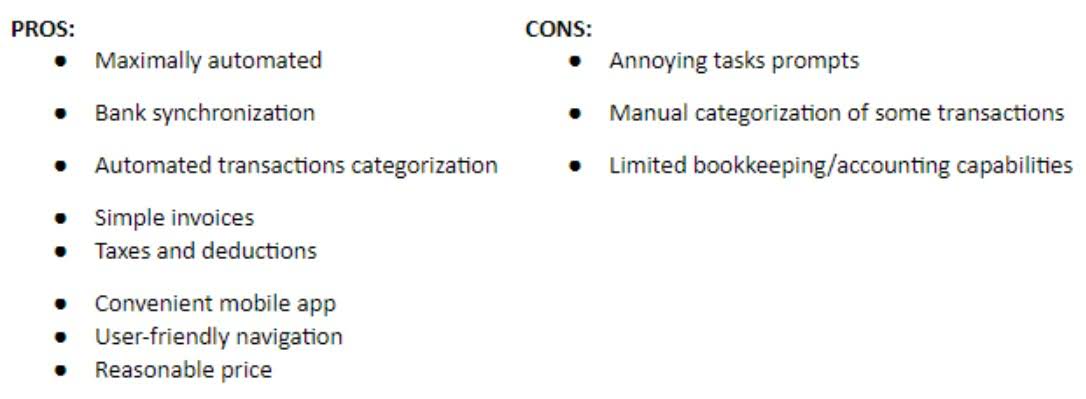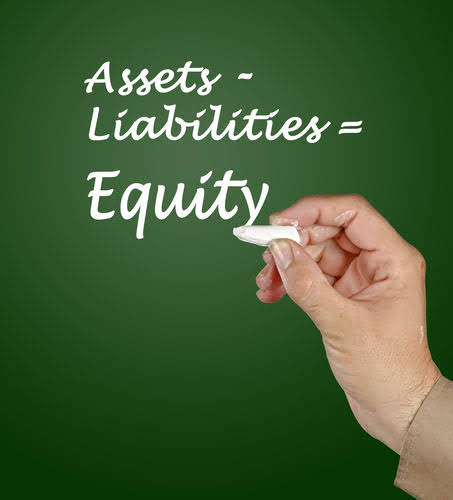
For instance, the GoCodes software allows for automatic depreciation calculations based on the basic asset data entered, such as the cost of the asset, date purchased, and asset life span. This process includes several stages and it starts with recognizing the need for an asset—say, a particular piece of equipment—that would fulfill your company’s current needs. Organizations often set a minimum dollar amount, known as the capitalization threshold, below which expenditures are expensed immediately. This threshold varies depending on the size and nature of the organization but is crucial for ensuring that only significant investments are capitalized. For example, a company might set a threshold of $5,000, meaning any asset costing less than this amount would be expensed rather than capitalized.
Do you already work with a financial advisor?
Discrepancies must be investigated and resolved promptly to prevent any potential financial misstatements. This task Bookstime often requires collaboration with various departments, such as operations and facilities management, to gather comprehensive data. The capital expenditures (“CapEx“) ratio is calculated by dividing the cash provided by operating activities by the capital expenditures. This ratio demonstrates a company’s ability to generate cash from operations to cover capital expenditures. Similar to the fixed asset turnover ratio, the CapEx ratio focuses on cash flows rather than using an accrual-based metric, revenue.
- The practice details the lifecycle of an asset, such as purchase, depreciation, audits, revaluation, impairment and disposal.
- Best practices for fixed asset revaluation include conducting periodic assessments to ensure asset values reflect their current market or replacement value accurately.
- By effectively managing fixed assets throughout their life cycle, organizations can make informed decisions, ensure regulatory compliance, and maximize the return on investment.
- Management and accounting personnel that oversee financial reporting should set expectations for capitalization policies, determining an asset’s useful life, and the appropriate method of depreciation.
- These controls encompass a range of policies and procedures designed to prevent theft, misuse, and errors.
Journal Entries for Fixed-Asset Depreciation

Fixed assets are documented in financial records at cost when they are acquired, providing for annual depreciation. An audit trail is a detailed record of financial transactions that contra asset account traces data from the general ledger to the source document. It ensures the accuracy and integrity of financial records, providing transparency and aiding in fraud detection. Amortization is the process of gradually writing off the cost of an intangible asset over its useful life, similar to depreciation for tangible assets. It’s the process of accounting correctly for the capital assets owned and managed by your organisation.

Schedule for Depreciation
- However, over-reliance on corrective maintenance can lead to increased downtime, higher repair costs, and reduced asset reliability.
- Net fixed assets are the metric measuring the value of an entity’s fixed assets.
- However, small businesses may freely follow the US GAAP for financial reporting.
- Keep your financial records organized and up-to-date to ensure a smooth, hassle-free audit process, saving you time, reducing stress, and staying compliant with regulatory requirements.
- When we dispose of fixed assets, we need to remove the cost of the asset and its accumulated depreciation from the books.
- Exploring innovative approaches can add significant value to fixed asset accounting.
The revaluation of fixed assets helps to reflect the fair market value of volatile assets or changes to the usefulness of an asset. Revaluation analysis describes the carrying value, or book value, of the asset, or its value through its life. Although carrying value usually decreases over time, under International Accounting Standard (IAS) 16, you can revalue some assets so that the carrying value increases. To record the purchase of a fixed asset, debit the asset account for the purchase price, and credit the cash account for the same amount.
- As fixed assets such as machinery and office equipment are utilised and age, their value decreases—except for land, which does not depreciate.
- Following simple accounting methods, the first entry is a credit entry under the account payable section.
- Operations teams must notify accounting of any material changes to the asset such as damages or planned improvements.
- Fixed assets are accounted for on the company Balance Sheet and are usually referred to as plant, property and equipment (PP&E).
- Fixed asset accounting involves recording, valuing, and managing the physical and tangible assets of a business.
- Green maintenance practices involve using environmentally safe materials, minimizing waste generation, and implementing preventative maintenance to extend asset lifespan and reduce environmental impact.
This means that routine maintenance costs, which merely keep an asset in its current condition, are typically expensed rather than capitalized. For instance, replacing a roof on a building would be capitalized, whereas routine cleaning services would not. Expenditures that prepare an asset for its intended operational use, such as site preparation, professional fees, and testing costs, are also capitalized. For example, if a company fixed asset accounting process is constructing a new building, the costs of architectural design, engineering services, and initial testing of systems would be included in the building’s capitalized cost. This ensures that the asset’s recorded value accurately reflects the total investment required to bring it to a usable state.

